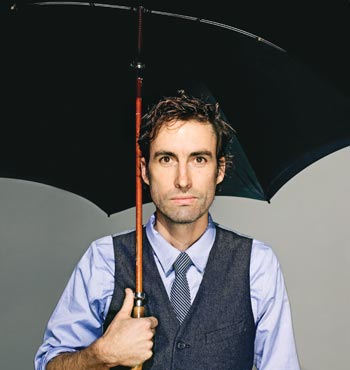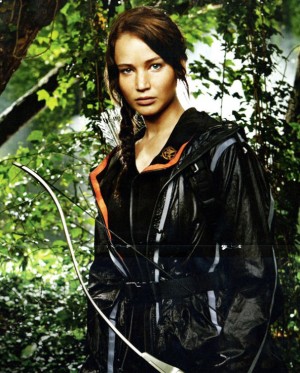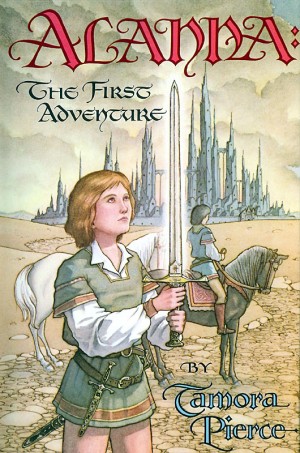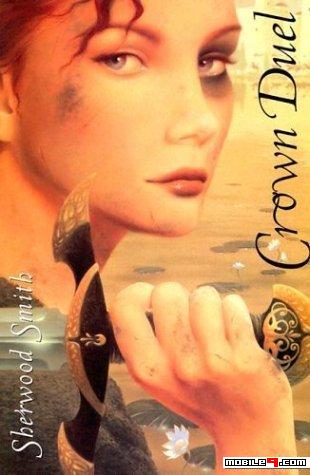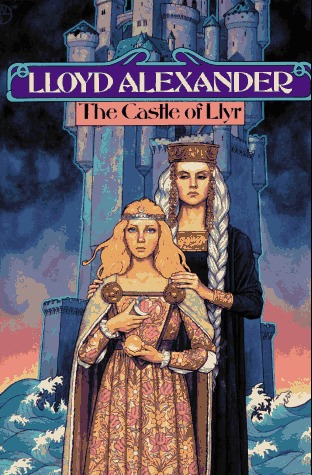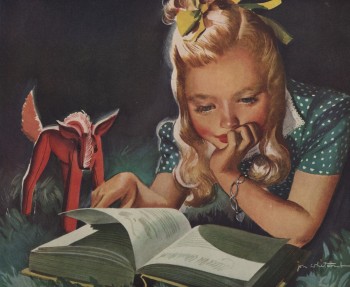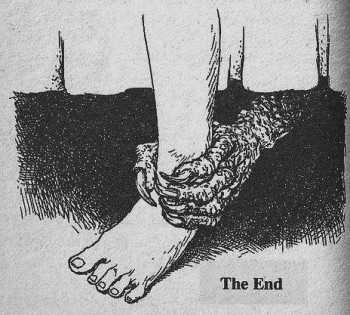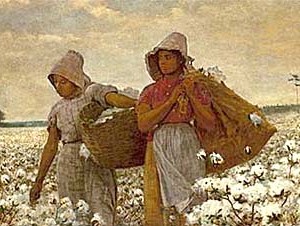“We don’t need a list of rights and wrongs, tables of dos and don’ts: we need books, time, and silence. Thou shalt not is soon forgotten, but Once upon a time lasts forever.” — Philip Pullman
I was that kid. The kid who read all the time. The kid who brought a book with her wherever she went. The kid who had to be told to stop reading so much and go outside and play with my friends. I could be found reading under the table at family dinners. Reading on the way to school, reading during lunch, and reading on the way home. Reading under the sheets after my mom had told me–repeatedly–to turn the light off, I could finish the damn book tomorrow. Later, I was the girl who read all her summer reading in the first two weeks of summer break, and then spent the rest of summer at the library. I was the girl who threw silent hissy fits whenever she was assigned a book she didn’t like; not because it was a pain to read but because there was nothing–NOTHING–she hated more than disliking a book.
Long before the thought of being a writer ever crossed my mind, I was a reader.

